Graphics Design
10 Simple Doodle Design Ideas to Spark Your Imagination
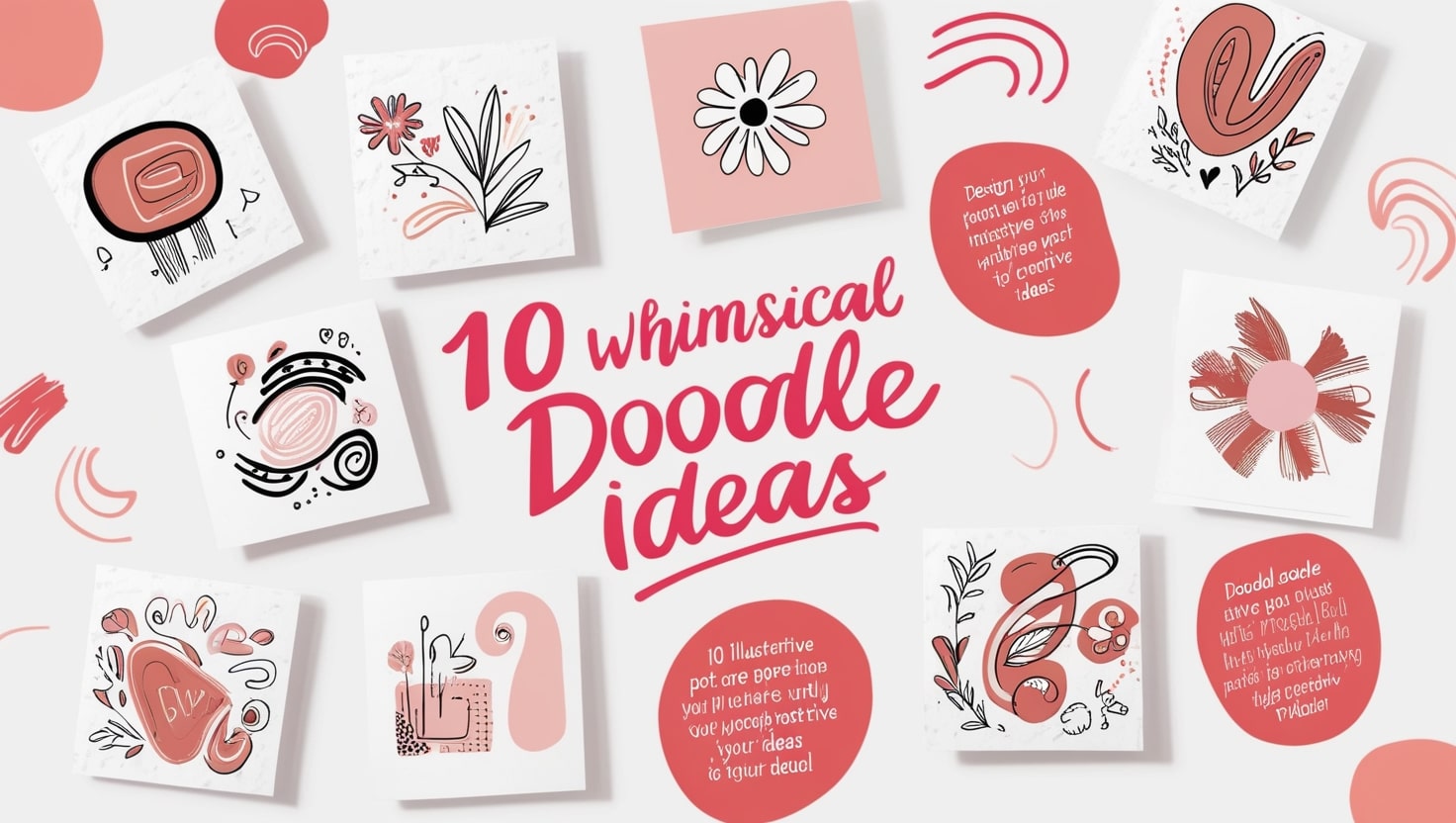
10 Simple Doodle Design Ideas to Spark Your Imagination
Doodle design Jotting is much more than drawing meaningless lines and geometric forms at random; it’s an effective way of people’s creative self-organization, free writing, as well as stress release and more often, inspiration. It can be done by anyone whether one is a professional artist, also a part-time illustrator or a casual sketcher who may from time to time enjoy just sketching or doodling. However in this article, we will be looking at 10 very basic doodle design tips that will help you to give your creative juices a boost.
1. Geometric Shapes

Geometric doodle design will help those people who want to start drawing and do not know where to begin. It consists of simply formations such as circles oval, rectangular, triangular, and linear. Beginning with one shape and manipulating it by reproducing it, or placing it on top of another shape is an efficient way of developing patterned designs from beginning level processes. One of my simpler kind of doodles is geometric and can be rather engaging to make as, while they are rigid and contain some degree of design restriction, there’s still enough area for interpretation.
How to get started:
- Start with creating a number of triangles or squares each as small as the previous one.
- Connect the shapes to achieve a mosaic pattern drawing.
- Puzzle might be attempted by arranging and connecting circles or squares.
This type of doodle design is very suitable for slow draw and one of the simplest ways to fill up a sheet with rhythm and neaten up the whole outlook.
2. Mandala Patterns-Doodle design
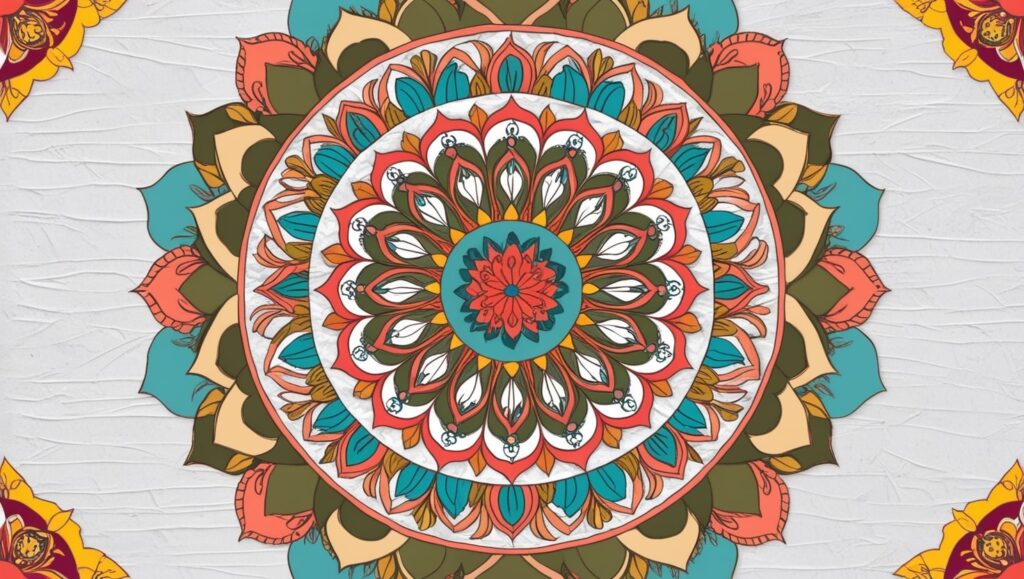
Mandala doodle design is an ancient art form of drawing circles with one or many concentric circles focused on the center. Perhaps more familiar from their use in meditative practices today, mandalas are highly detailed but are much easier to understand once you look for the patterns of shapes the repeating patterns which make them up. Each layer of mandala derives from the previous one so that you develop multiple layers of representation that you can combine in a multifaceted design.
How to get started:
- One should begin with a small circle in the center of the page.
- Add layers of interlocking scrolls in order eventually to cover with arranged repetitions of circles like petals, leaves or geometric forms.
- Always try to align your designs as to create an aesthetically appealing design.
Once you’ve mastered simple mandalas, you can expand by experimenting with different shapes, sizes, and themes.
3. Floral Doodles

The doodle design with flowers are rather traditional and traditional. Extreme simplicity or one petal only to the formal and intricate compositions are possible with the help of flowers as subject, making it one of the most popular doodle choices. It may be just a daisy, sketch down to the stem or the more challenging Rosa, Lilium, and Papilionaceae. Since flowers are naturally grown plants, doodling them makes one employ free form and, therefore, are beautiful if flexibility is what you are looking for.
How to get started:
- Suppose you are asked to draw a basic flower with petals, how many are needed for your structure? Which aspect should you accentuate?
- Try sketching various sort of flowers and also the leaves and stems or/and buds of the flowers.
- After comfortable, format layers of flowers to give more ample pattern.
This means that even if you want your floral doodles to be simple, they still can be simple and yet complex in the same time and vice versa.
4. Animal Doodles
Drawing animals is generally an enjoyable activity however they can turn out to be a little bit tricky at times. First, draw cartoon like animals which are based on primary shapes. Animal doodle design, which can be drawn as cats or dogs or birds or anything else, are a good way to have a bit of fun with the content of the drawing.
How to get started:
- Draw a basic form that is the body of the desired animal (oval or circle).
- Add features of eyes, ears, tails and legs in the simplest method.
- You can improve the design by adding small details such as spots, stripes or even different kind of textures.
This way, you can construct a whole zoo in a drawing notebook, trying different animals on yourself.
5. Abstract Lines and Shapes
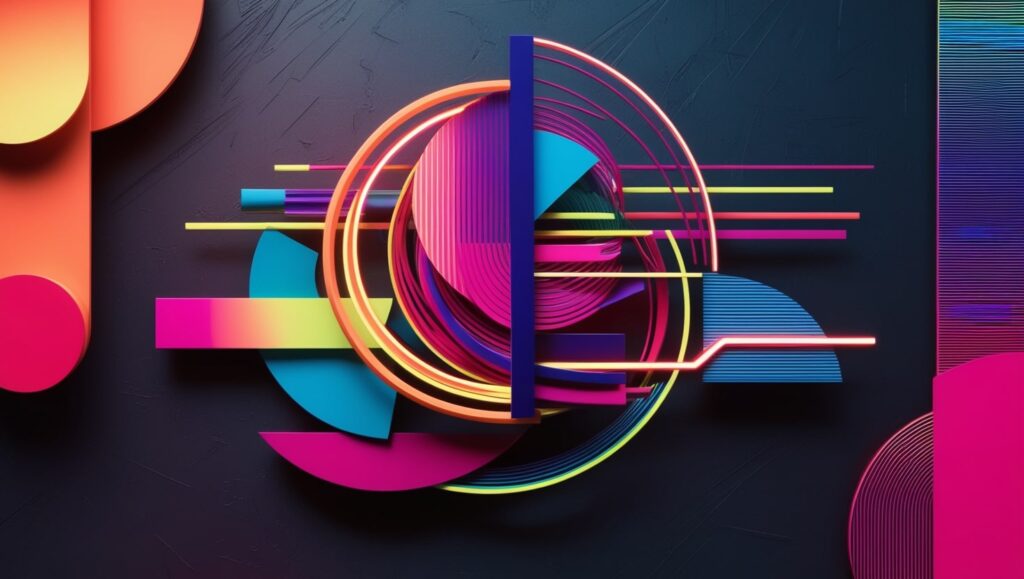
doodle design non-representational drawings also lack prescribed limitation and are probably some of the most liberating ways to be creative on a piece of paper. With abstract doodle design you can just move your hand across the paper and draw lines in circles, curves, motions like zigzag and shapes without any direction. This technique is quite suitable for warming up your creative thinking and trying something new without much restraint for making it look real.
How to get started:
- Take a pen or pencil, and without thinking, impose on a sheet of paper some simple lines or geometric figures.
- It doesn’t matter if they cut across each other, or are completely intertwined.
- Of course, you could fill in some areas with patterns or shading to make the overall picture a little bit more interesting.
It may be called abstract doodles but it is fun, does not stress you out and your imagination will be working overtime.
6. Zentangle Doodles
Zentangle is the art of doodle design in its finest sense where one inserts elaborated patterns within the rectangular boxes provided in a large page. This one is a rather rigid approach, during which you relax and focus on a script while achieving a rather good result in the end. In Zentangle, one can make beautiful patterns regardless of the fact that he or she does doodling!
How to get started:
- Using a light pencil draw several horizontal lines on your page to create several horizontally divided sub-sections on your page.
- In each section, trace a different linear design: dots, single waves or spirals.
- Continuing building and repeating patterns as your website is full.
In Zentangle, one can actually be very keen on the doodle design and in general, the outcome is very good looking.
7. Food-Themed Doodles
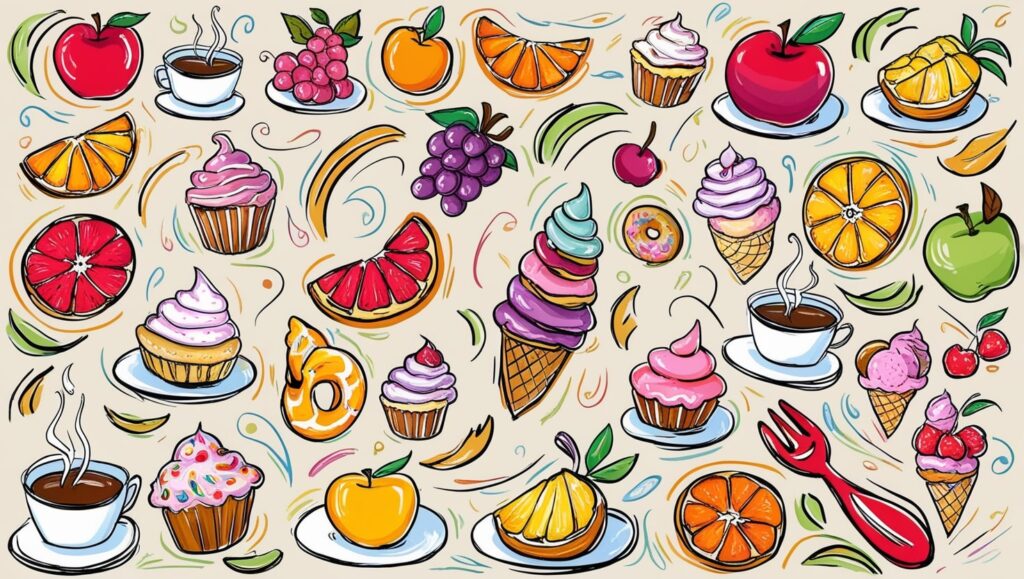
Who doesn’t love food? From coffee to pizza and from apples to oranges, food themed doodle design are as enjoyable as they are entertaining to draw. Preparing combined food items is very good in practicing on the shapes, texture, and colors sections. They can be plain or made playful and you can choose to make your doodles look playful too.
How to get started:
- Begin with easy objects: an apple, a cupcake or a cup of coffee.
- Start with the primary mass of the food and gradually paint its outlines adding the seeds, frosting, or steam.
- Bring personality into the equation, the more dramatic and entertaining step is to shape the food into shapes of faces and even expressions.
Most of doodle design about food are fun and can easily be incorporated into your artwork to create a humorous feel.
8. Word Art and Lettering
Doodle design drawing is not constrained to images; you can even have fun with the text. This picture and graphic design is fun as it enables one to focus on styles, textures, and embellishments of fonts. In fact, regardless of whether you are casually writing your favorite quote or conclusion, the word art doodles lets you practice your typography creativity as you look forward to making more.
How to get started:
- This should begin with the depiction of a word or a phrase in the basic building block forms.
- It is also advisable to add elemrants such as swirls, dots or lines to give the letters that distinct look.
- Use such fancy designs such as 3D effects, shadowing and coloring to make the word stand out.
Word art is perfect for creating posters, cards or just for fun sketching in your sketchbook!
9. Cartoon Faces
Cartoon faces are easy to draw and more to the point, they give you as a beginner a great opportunity to practice on how to draw emotions and characters.. Drawing caricature faces may as simple as starting with a circle and draw funny eyes, noses, and mouths on it. With simple variations of the shapes and the Expressions you get all kinds of moods personalities.
How to get started:
- First sketch the outline by making a circle or oval depending with the head shape you desire.
- There are some primary features which are large eyes, small nose and smiling or frowning lips can also be given.
- Some people seem to have identical faces and trying out different positions or even a new hair-do and new jewelry, etc. everything will look quite different.
This can be actions, plain emotions such as happiness, sadness etc, mild emotions and exaggerated emotions among cartoon characters something that can be practiced in cartoon characters.
10. Nature-Inspired Doodles
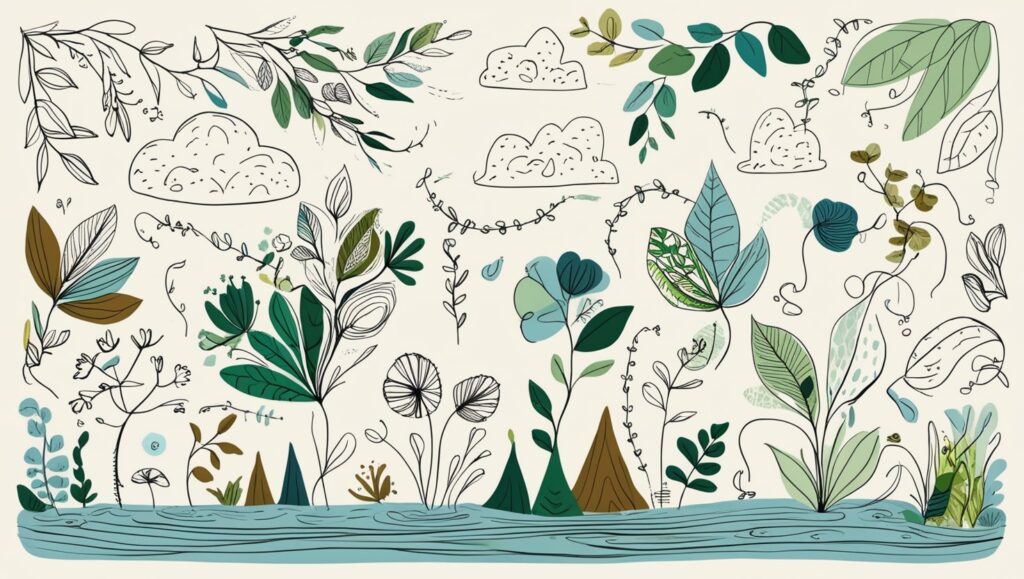
For those who like the natural environment here is the inspiration derived from nature itself. Landscape is probably one of the best sources when it comes to doodling because the opportunities to draw something unique are limitless – mountains and trees, ocean waves and clouds. These doodles can be very simple or as complex as you want them to be and the process gives you more way to enjoying art and connecting with the environment.
How to get started:
- First draw one object—begin with a row of mountains or a tree.
- Further fill the main scene with minor details that include birds, clouds, or sun among others.
- As for the deeper layer, try to learn hatching, shading, or stippling what will give your doodles the textures they need.
Nature inspired doodles are very suitable for if you want to free your mind while drawing and getting some sort of peace from the outdoors.
Often, Frequently Asked Questions (Oftentimes)]
- What is required for doodle design?
Doodling actually doesn’t require any special tools at all, all you need is a piece of paper and something to draw with such as a pen or pencil. However, if you want to experiment with colors or different textures, you might use markers, coloured pencils or digital paintings.
- Is it possible for anyone to doodle design or do I have to be artistic in order to do so?
Anyone can learn to doodle! The best thing about doodling is that it doesn’t matter that you are not an artist to aspire to be one. The whole time it basically remains quite playful and the main focus does not lie on being precise.
- How does doodle design enhance creativeness?
Doodling helps to free your thoughts and to come up with ideas not only because of the pressure. It’s an effective tool for helping you come up with different perspectives, to relax and to focus the mind when it wouldn’t normally be occupied during other forms of productive work.
- Is there strategies for using that?
It is advisable to practice with intensity and at the same time or from time to time, you can try different doodling skills. Another way is to focus on ordinary items to apply their design; or can study video lessons to improve skills.
- Digital drawing: Is doodling and drawing the same?
Drawing is a more formal and planned type of dawing as compared to doodle design. I learned that whereas in any traditional drawings one has to take some time, and a lot of effort to ‘draw’ a given picture, doodling is more casual and less formal, therefore more flexible and possibly more creative.
- Will drawing loosen up your mind and assist with unwinding and meditation?
Yes! Drawing is well known as a way to help a person to have better concentration and to reduce stress levels. Some of the styles that work well with mindfulness are mandala or even simple doodles that you get when doing the Zentangle.
Conclusion
Doodle design Drawing is actually one of the best activities for imagination because it allows you to become a creator. Whether you are sketching geometrical patterns, cute animals or complex flowers, and sophisticated patterns of mandalas, it is all possible. Use the following doodle design tips from this read, and see how your skill and creativity develop. Happy doodling!
Graphics Design
Top 10 Best Graphic Design Tools for Beginners in 2025 (Free & Paid)
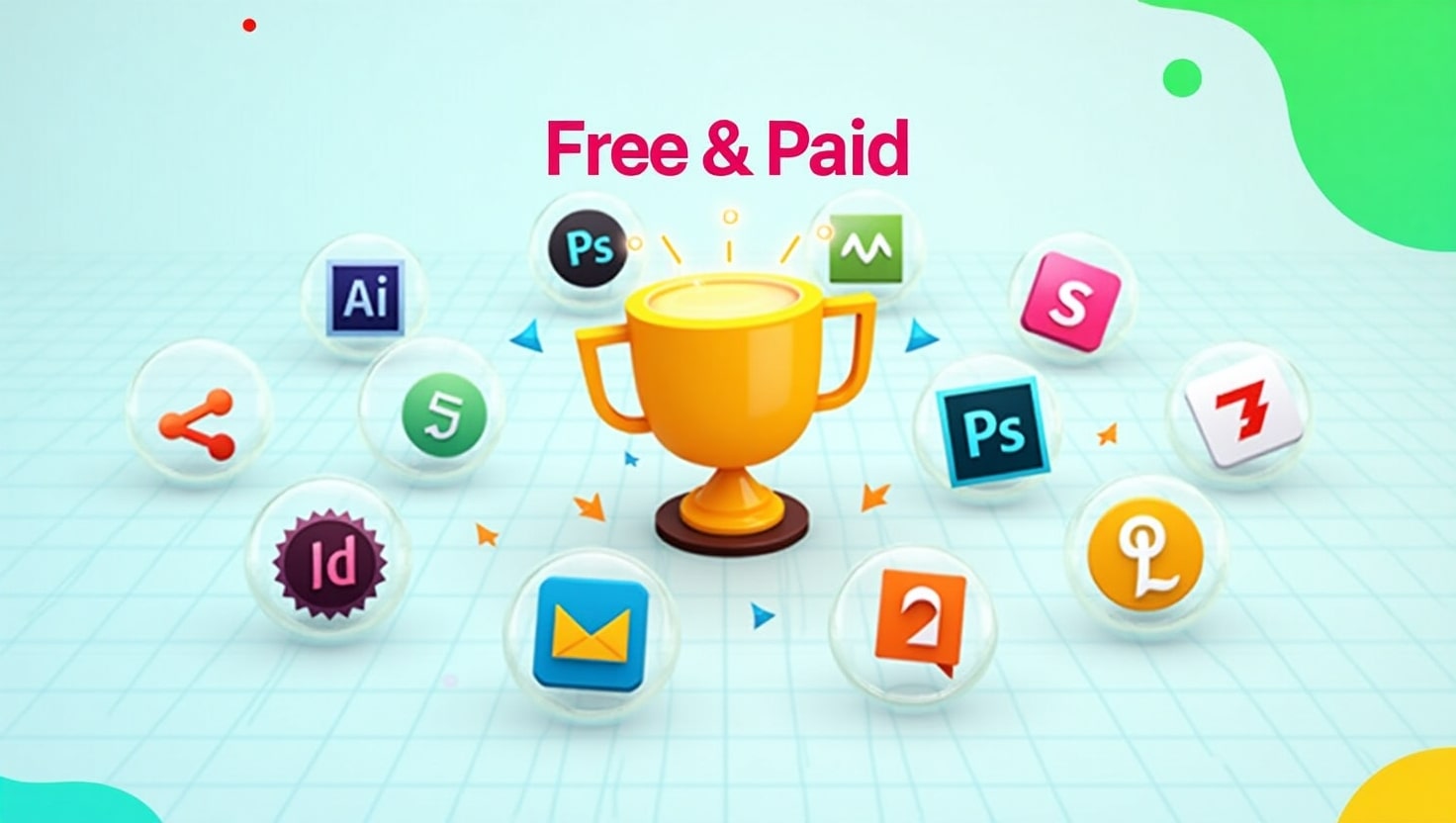
Top 10 Best Graphic Design Tools for Beginners in 2025 (Free & Paid)
Introduction: Why Beginners Need the Right Tools
Best graphic design tools for beginners can be exciting but also overwhelming. With so many tools available, it’s easy to get lost in the options. As a beginner, you need graphic design tools that are easy to learn, affordable, and feature-rich enough to help you grow. Whether you’re designing logos, social media posts, or website graphics, the right software can make all the difference.
In this article, we’ve handpicked the top 10 best graphic design tools for beginners in 2025, including both free and paid options. Whether you’re looking to go pro or just explore your creativity, there’s a tool here for you.
1. Canva – Best for Simplicity
Type: Free & Paid
Platform: Web, iOS, Android
Canva is best graphic design tools for beginners who want to dive into design without the steep learning curve. With drag-and-drop features, pre-made templates, and an intuitive interface, Canva allows anyone to create professional-looking graphics in minutes.
Key Features:
- Thousands of free templates
- Easy-to-use interface
- Perfect for social media posts, presentations, and posters
- Team collaboration options
Why it’s great for beginners: You don’t need design experience to use Canva. It’s as simple as choosing a template and customizing it.
2. Adobe Illustrator – Industry Standard
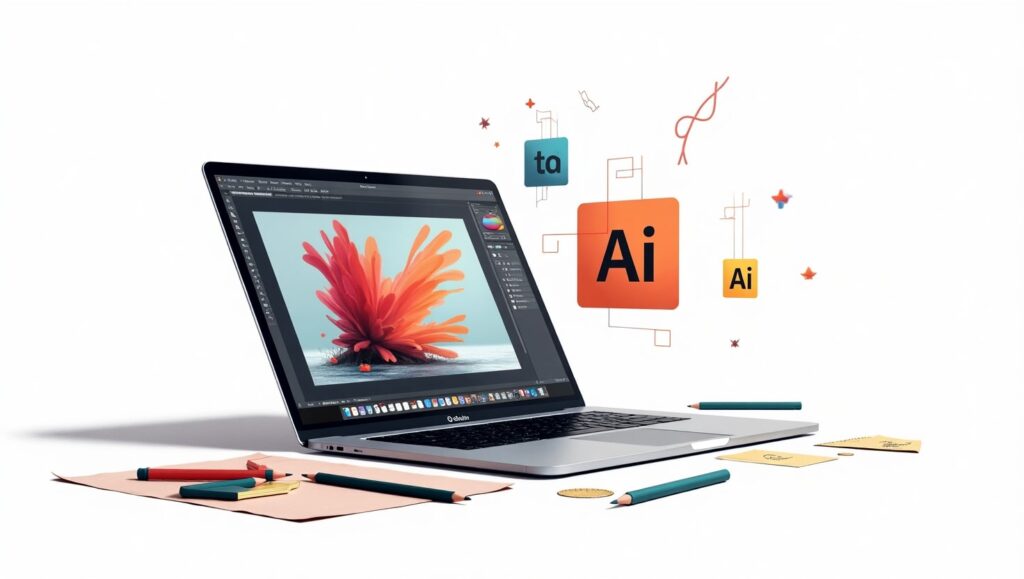
Type: Paid (Free trial available)
Platform: Windows, macOS
If you’re serious about pursuing best graphic design tools for beginners professionally, Adobe Illustrator is the go-to tool. It’s used by top designers around the world for creating logos, icons, typography, and complex illustrations.
Key Features:
- Precision vector design
- Integration with other Adobe apps
- Extensive typography tools
- Custom brushes and effects
Why it’s great for beginners: Though it has a steeper learning curve, beginners can start with tutorials and gradually master this powerful tool.
3. Figma – Collaborative Design

Type: Free & Paid
Platform: Web-based (with desktop apps)
Figma is a browser-based UI and best graphic design tools for beginners that’s widely used for interface design and collaboration. It’s especially ideal if you’re working in a team or planning to get into UX/UI design.
Key Features:
- Real-time collaboration
- Cloud-based autosave
- Works on any platform
- Design + prototyping in one tool
Why it’s great for beginners: It’s free to get started and encourages team-based design, which is perfect for learning in a group setting or classroom.
4. Gravit Designer – Browser-Based Versatility
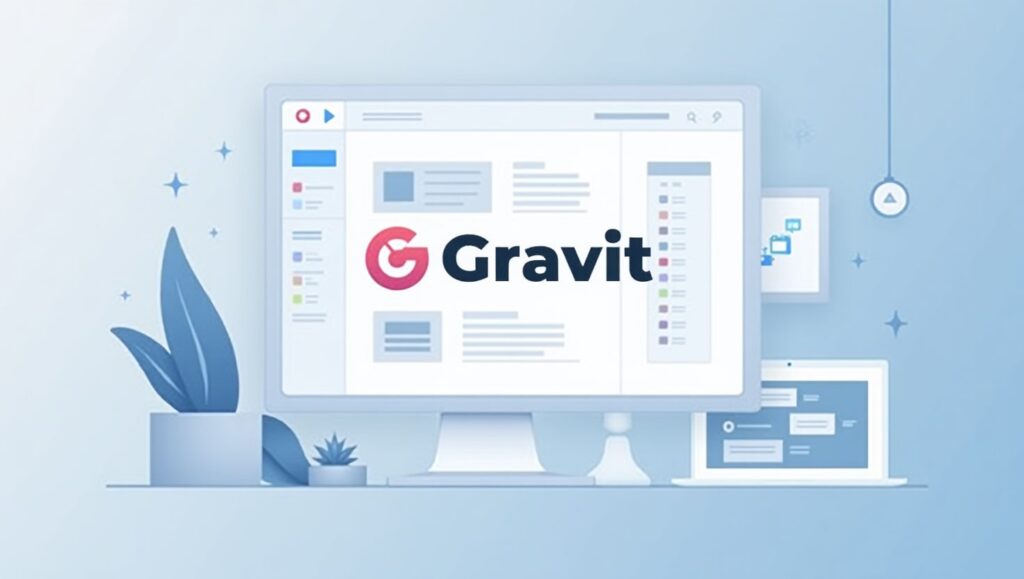
Type: Free & Paid (Gravit Designer Pro)
Platform: Web, Windows, macOS, Linux, Chrome OS
Gravit Designer offers a clean interface with essential tools for vector design. It’s ideal for creating UI designs, presentations, and illustrations, all from your browser.
Key Features:
- Works online and offline
- Modern user interface
- Cloud syncing
- Easy export options
Why it’s great for beginners: The learning curve is gentle, and it doesn’t require a powerful computer to run.
5. Vector – Free Vector Tool
Type: Free
Platform: Web, Windows, macOS, Linux
Vector is a completely free vector graphic design tool with a simple interface. It’s great for basic logos, icons, and infographics.
Key Features:
- Real-time sharing
- Simple and clean interface
- Free tutorials available
- Lightweight and fast
Why it’s great for beginners: Best graphic design tools for beginners without getting overwhelmed by advanced features.
6. Inkscape – Open Source Alternative
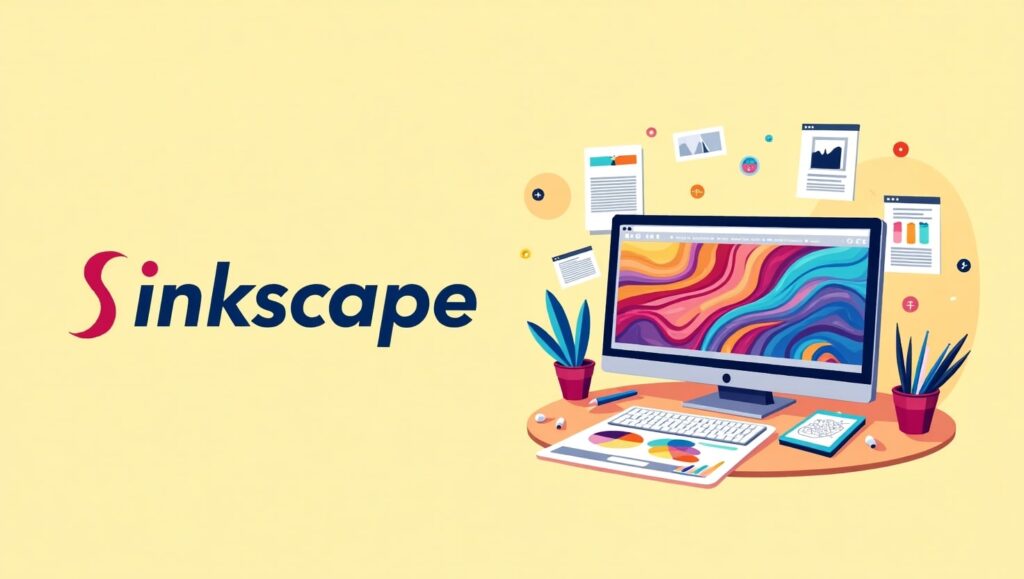
Type: Free (Open source)
Platform: Windows, macOS, Linux
Inkscape is a powerful free vector graphics editor that’s often compared to Adobe Illustrator. As an open-source tool, it has a strong community and regular updates.
Key Features:
- Advanced drawing tools
- Layer support
- File compatibility (SVG, AI, PDF)
- Custom extensions and add-ons
Why it’s great for beginners: Great for those who want full control over their design tools without paying for software.
7. Affinity Designer – Professional Quality at One-Time Cost
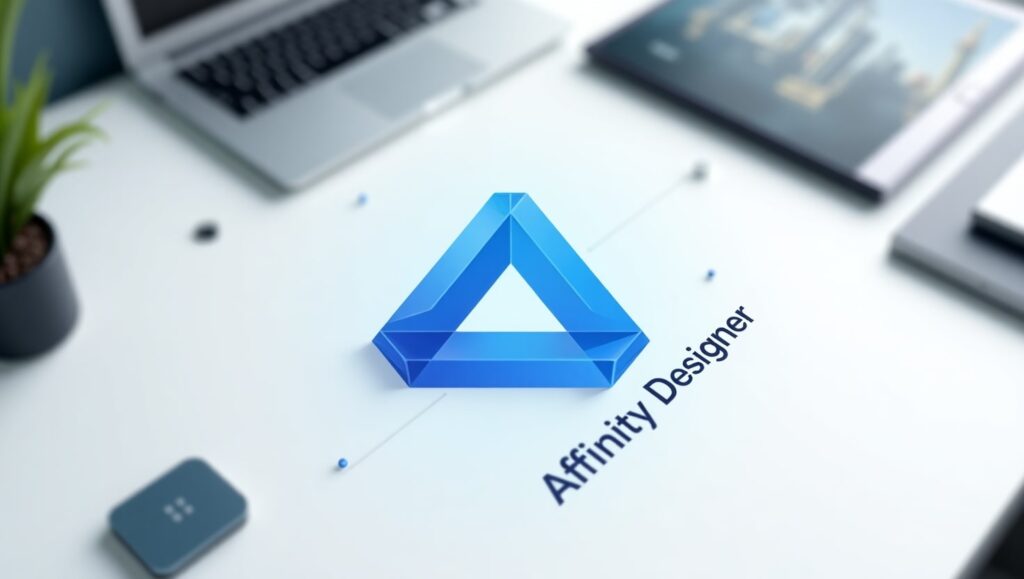
Type: Paid (One-time purchase)
Platform: Windows, macOS, iPad
Affinity Designer is a cost-effective alternative to Adobe Illustrator, offering professional features at a one-time price.
Key Features:
- Smooth vector and raster integration
- Responsive and lightweight
- Grid, snapping, and alignment tools
- Cross-platform performance
Why it’s great for beginners: Once purchased, you get lifetime updates. It’s a great investment without a subscription.
8. Pixlr – Easy Photo Editing
Type: Free & Paid
Platform: Web, iOS, Android
Pixlr is a lightweight photo editing tool that runs right in your browser. It’s perfect for beginners who want to edit images quickly for social media or blogs.
Key Features:
- AI-powered one-click edits
- Web-based—no downloads required
- Supports layers and effects
- Simple interface
Why it’s great for beginners: You can start editing without creating an account. Very beginner-friendly.
9. Krita – Digital Painting & Illustration
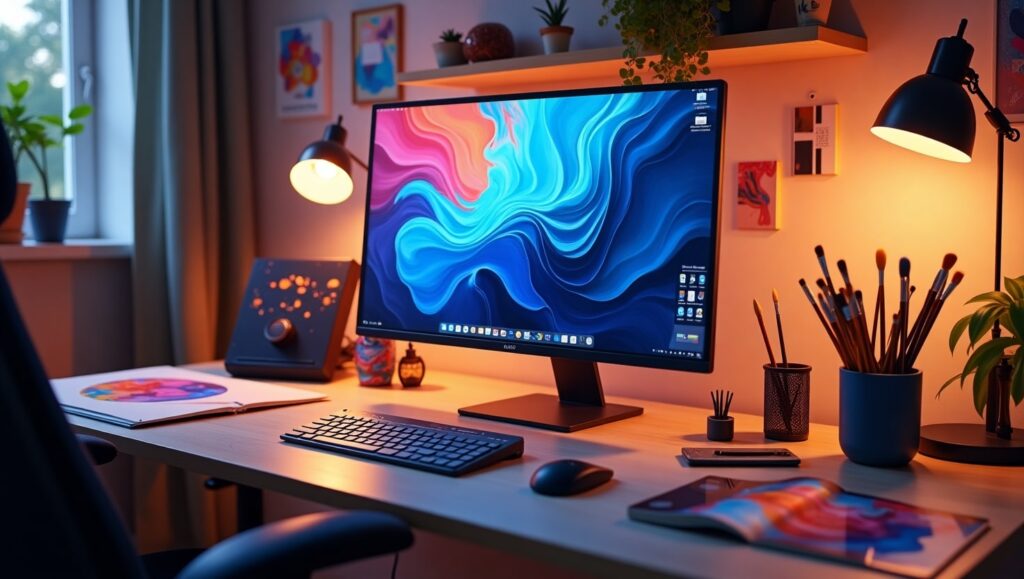
Type: Free (Open source)
Platform: Windows, macOS, Linux
Krita is best suited for digital illustration and painting, but it also offers graphic design tools for layout and composition.
Key Features:
- Brush customization
- Layer management
- Animation support
- Tablet-friendly interface
Why it’s great for beginners: Excellent for beginners interested in drawing and concept art.
10. Desygner – Mobile-Friendly Graphic Design
Type: Free & Paid
Platform: Web, iOS, Android
Desygner is a drag-and-drop graphic tool aimed at social media creators, bloggers, and marketers. It’s one of the easiest tools to use on a smartphone.
Key Features:
- Pre-made social media templates
- Mobile-first design
- Royalty-free image library
- Branding kit support
Why it’s great for beginners: If you’re creating graphics on the go, this is a must-have.
Tips on Choosing the Right Tool
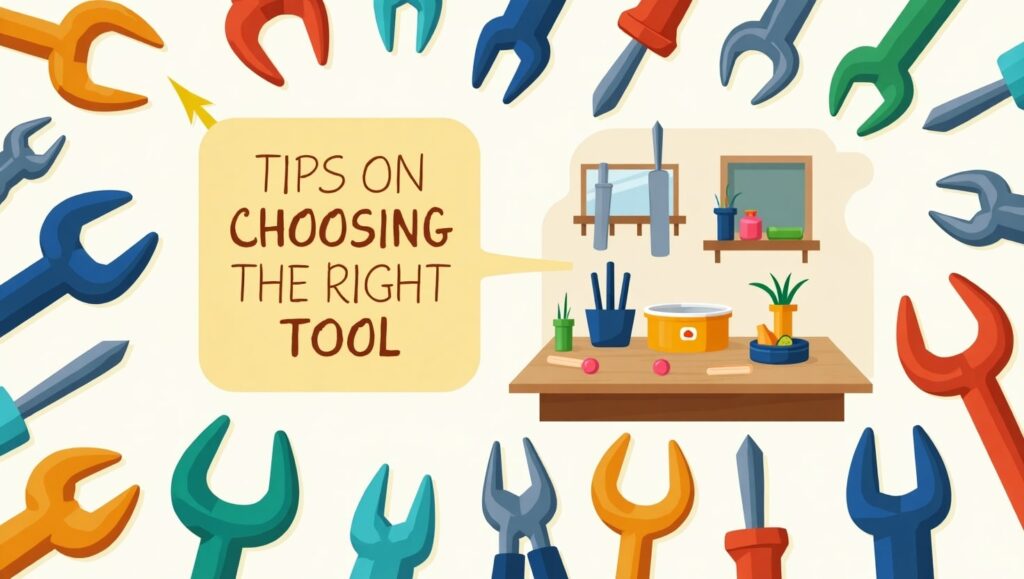
Choosing the best graphic design tools for beginners tool depends on your goals and workflow. Here are a few tips to guide your decision:
- Start Free: Explore tools like Canva, Vectr, and Inkscape to learn the basics without investment.
- Consider Your Goals: If you want to go professional, tools like Adobe Illustrator or Affinity Designer are worth learning.
- Try Before You Buy: Use free trials to test paid tools before committing.
- Use Community Resources: Many tools have active communities, free tutorials, and forums to help you learn faster.
- Match Tool to Task: Photo editing? Use Pixlr. UI design? Try Figma. Logo creation? Go with Illustrator or Vectr.
FAQ
What is the best free graphic design tool?
Canva is the best graphic design tools for beginners widely considered the best graphic design tools for beginners due to its ease of use, professional templates, and accessibility on all devices. For vector design, Inkscape is a top free choice.
Are paid tools worth it for beginners?
Yes, Best graphic design tools for beginners if you’re committed to building a career or serious hobby in graphic design. Tools like Adobe Illustrator and Affinity Designer offer features you’ll eventually need as your skills grow. However, you should explore free tools first to see what suits your style.
Conclusion: Start Simple, Grow Gradually
Every graphic designer starts somewhere. The key is to start simple—best graphic design tools for beginners, explore its features, and grow your skills at your own pace. Whether you begin with Canva, dive into Figma, or experiment with Inkscape, the most important thing is to keep creating.
Once you’re comfortable, consider investing in professional tools that open up even more creative possibilities. With the right tools and consistent practice, you’ll be creating stunning graphics in no time.
Graphics Design
Top 7 Essential Ways to Make T-Shirt Painting Design
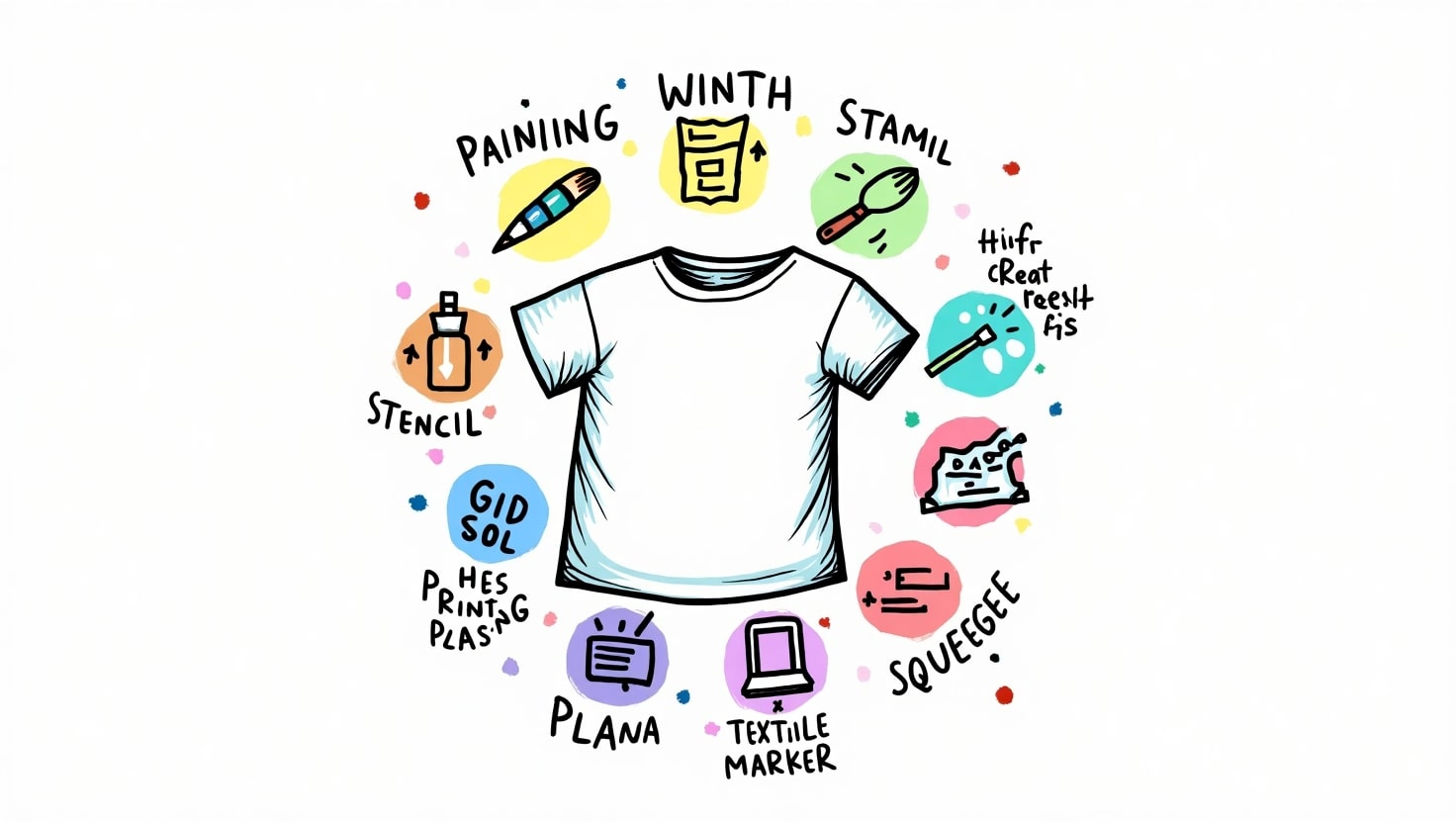
Top 7 Essential Ways to Make T-Shirt Painting Design
T-Shirt Painting Design can be a great tool of creativity or creation of a fashion identity or even a business. T-Shirt Painting can be a gateway to unending crafts no matter whether this would be your first or fourth attempt in painting. In this article, we are going to guide you on the 7 best methods on how to make t-shirt painting design stand out, how to do it, what to use, what style, and some tips on how to make custom t-shirt painting better without fail.
What is T-shirt Painting Design?
T-Shirt Painting Design is a decoration process of painting or ink on a piece of cloth, generally t-shirt, to come up with a unique picture. It is a form of clothing art in which an artist, fashion admirer or hobbyist can express themselves creatively in something that they can use daily. T-shirt painting design can express mood, culture, personality and even be used to champion a cause; miniature paintings to splashes of abstract colors.
DIY trend, sustainability and fashion individuality have rocketed the popularity of the t-shirt painting within the past years. Well, now we are to see the seven most useful techniques that can help you to master this exciting art.
1. Select The Appropriate T Shirt Base and Fabric
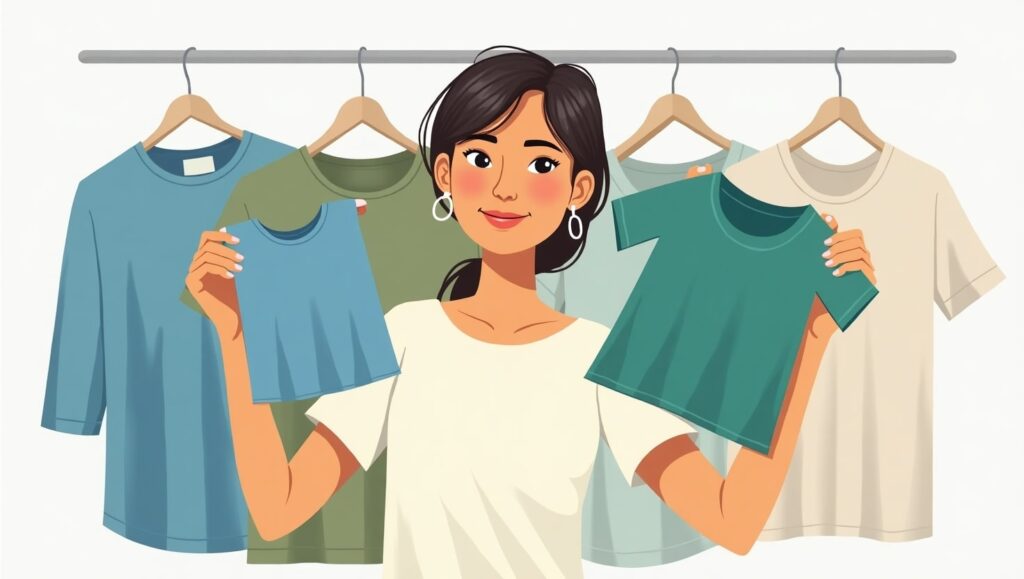
A t-Shirt Painting Design is the basis of every magnificent t-Shirt Painting. The choice of the material influences the quality of the adhesion of the paint, the hues of the palette and the durability of the design once washed.
The ideal fabrics of T-Shirt painting design:
- 100 percent Cotton: Trapping moisture is high on the scale and paint adhesion can also be achieved as well.
- Cotton-Poly Blend: Less absorbent and more long lasting.
- Bamboo or Organic cotton: an environmental-friendly and sustainable t-shirt painting design material.
Ensure that the t-shirt has already undergone a process of washing in order to draw away any factory treatment or shrinking. Get the finest painting experience on a smooth, non wrinkly surface.
2. Gather the Right Supplies
Without proper tools, even the most creative ideas for a t-shirt painting design can fail. Here’s a checklist of essential supplies:
Basic Materials:
- Fabric Paint (Acrylic-based or Water-based)
- Fabric Medium (optional, helps paint bond better)
- Paintbrushes of varying sizes
- Sponges or Rollers
- Palette or Mixing Tray
- Fabric Markers
- Pencil/Chalk (for sketching)
- Cardboard Insert (to avoid bleed-through)
These materials ensure your t-shirt painting design stays sharp, professional, and vibrant.
3. Sketch and Plan Your Design
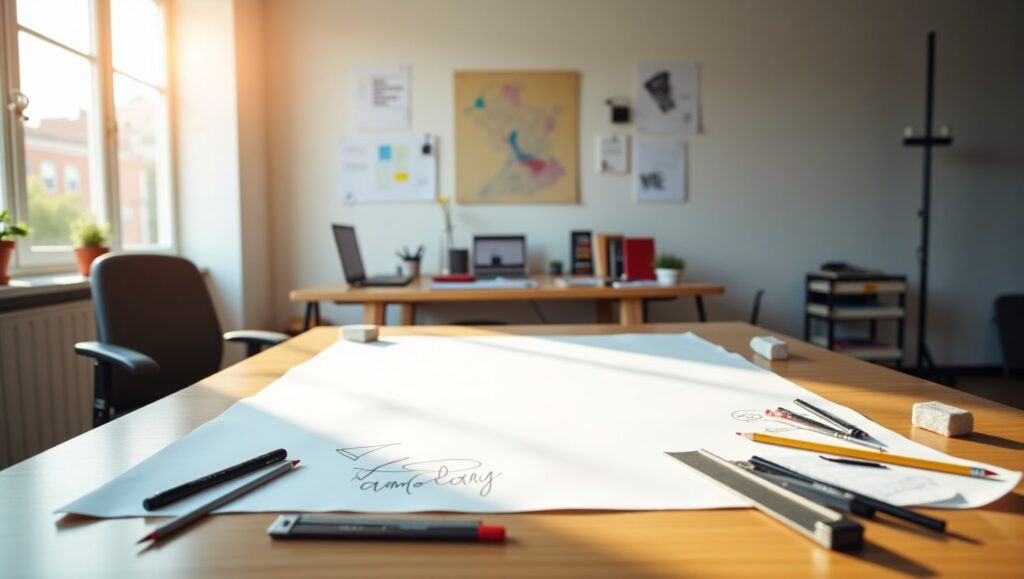
Before you dip a brush into paint, sketch your t-shirt painting design on paper or use a digital mockup tool. Planning is critical, especially for intricate designs.
Tips for Sketching:
- Start with light outlines.
- Consider color placement and negative space.
- Use stencils if you’re aiming for precision.
Planning your t-shirt painting design reduces mistakes and speeds up the painting process. You can even use transfer paper to trace your design onto the fabric if you’re not confident in freehand sketching.
4. Learn Different Painting Techniques
There are multiple ways to apply paint to a t-Shirt Painting Design. Understanding the right technique for your t-shirt painting design will make your artwork more dynamic.
Popular Painting Techniques:
- Freehand Brush Painting:
- Great for artistic expression and detailed artwork.
- Stencil Painting:
- Perfect for logos, patterns, or text. Ensures consistency.
- Sponge Painting:
- Adds texture and gradient effects to your t-shirt painting design.
- Splatter Technique:
- Offers a trendy, modern vibe. Use with contrasting colors.
- Block Printing:
- Involves carving a design into a stamp and repeating the pattern.
Each technique contributes something unique to the final look of your t-shirt painting design. Don’t hesitate to mix methods for a layered effect.
5. Learn to Use colors
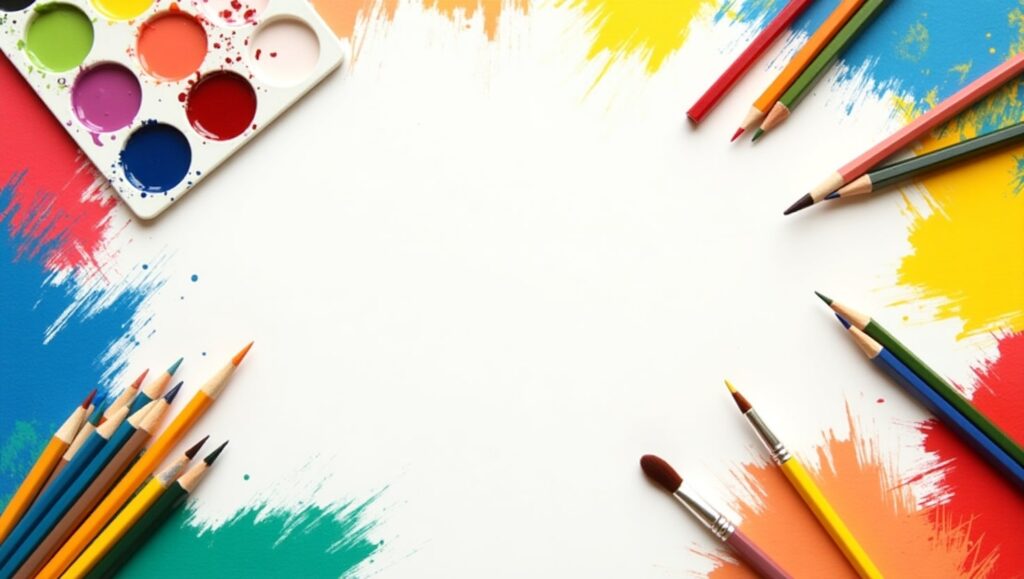
The color theory is very relevant in the area of painting t-shirts. Navigating a basic design with the compulsory color palette can turn a design to a work of art.
Know How to Select Colour:
- Take bold contrast by using complementary colors.
- Similar tints to bring out harmonious vibes.
- Apply white or black to make outlines/highlights.
Bear in mind that not all colors can be similar on textile and paper. Always test a small patch in case you want complete painting of t-shirt.
6. Use Fixing and Heat Fixing Methods
When you have painted your masterpiece that is the time to put the colors on so that they can be washed and worn.
T-Shirt Painting Design: Fixing Methods:
- Ironing: Apply a cloth or parchment paper on the painted area and press using medium heat setting on the iron within 3 to 5 minutes.
- Air-Drying: Leave your t-shirt painting design to dry up at least 24-48 hours.
- Heat Press: professional way of commercial-grade finish.
The paint is then sealed under the heat setting so it does not crack or fade, thus sealing into the fibers of your t-shirt painting design.
7. Care of Your Painted T Shirts
When the t-shirt painting is properly taken care of, then you get a long lasting life of the design and it remains vibrant.
Cleaning & Storing Information:
- Inside out wash in cold water.
- Never use bleach or strong detergents.
- Line dry or tumble low or machine dry.
- Iron inside-out, as required.
Once you have made something really well, you can be sure that your t-shirt painting design will keep shining all through the years.
Some Creative Ideas to Design T-Shirt Painting
Are you short of ideas? The popular t-shirt painting design themes are the following:
Minimalist Quotes
- Nature-based Patterns
- Graffiti and Street Style Painting
- The pop culture and Anime
- Geometric designs
- Motifs Tribal and Ethnic Motifs
- Personalized Name/Initials
The ideas can assist you to stimulate creativity and reach out to the target audience or customers.
The reason T-Shirt Painting Design is ideal with small businesses
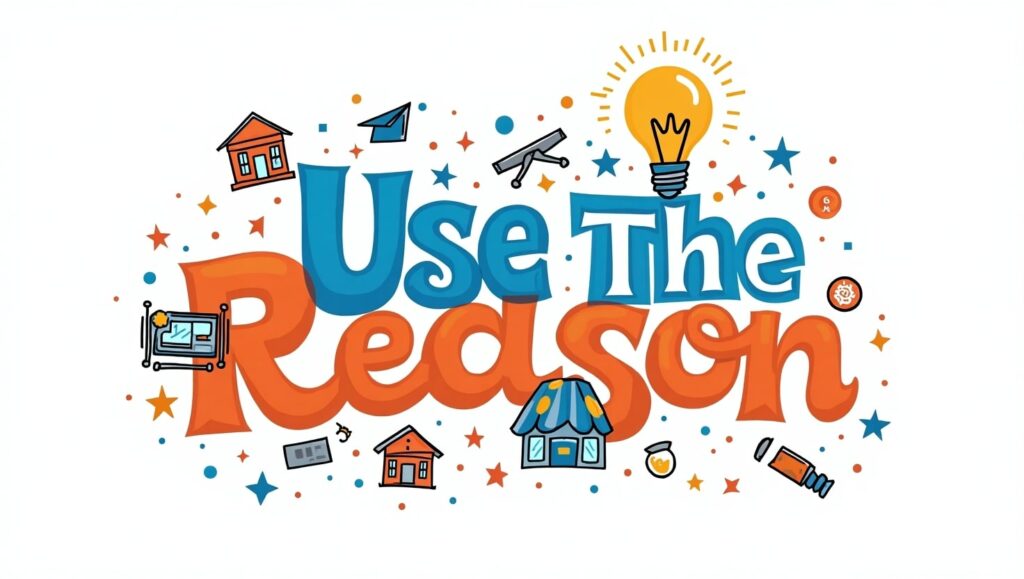
T-shirt painting design is also beautiful since the cost is cheap with high profit margin. These designers, painters, and designers are turning the ability to make money by selling personalized tees either online or in local fairs.
The advantages of T-Shirt painting Design as Business:
- No huge stock-out is needed.
- It is possible to tailor every design to the targeted niches.
- Handmade and green-friendly.
You may even provide customized t-shirt painting design services to such platforms as Etsy, Instagram, or your WordPress online store.
Questions and answers on T-shirt painting design
Q1. What should I use as a medium to paint t-shirt painting design, can I use normal acrylic paint?
Sure but in some fabric medium so that it does not crack and leave a soft finish.
Q2. How do I avoid loosing the paint in the washing?
After getting your paint design on your t-shirt completely dry, always take it and heat set it using an iron or heat press.
Q3. Which is the best color of t-shirt to be used?
T-shirts that are white and light in color are ideal for colored effects, but another to get dramatic effects is to use black t-shirts and use opaque or metallic paints.
Q4. What is the lifespan of painted t-shirt?
Well improvised t-shirt painting design will take a long time even after a lot of washings before it will begin to fade away.
Q5. Are children allowed to do t-shirt painting designs?
Absolutely! Just use paint that is washable and non toxic and monitor them as they set the heat.
Conclusion
The t-shirt painting design can be mastered by all types of artists, hobbyists, and business people. Selecting the appropriate fabric, preparing the design, printing it on, and employing the final heat fix, there are tips and methods to every process, which makes the result a beautiful and lasting t-shirt painting design. These 7 methods will determine what colorful and professional results you would achieve when creating a one-off work of your own or planning to launch a fashion brand.
The more you practice regularly and creatively, the more you will master t-shirt painting designs, and welcoming the world of art and even money.
Graphics Design
Essential Graphic Design Skill List for Freelancers
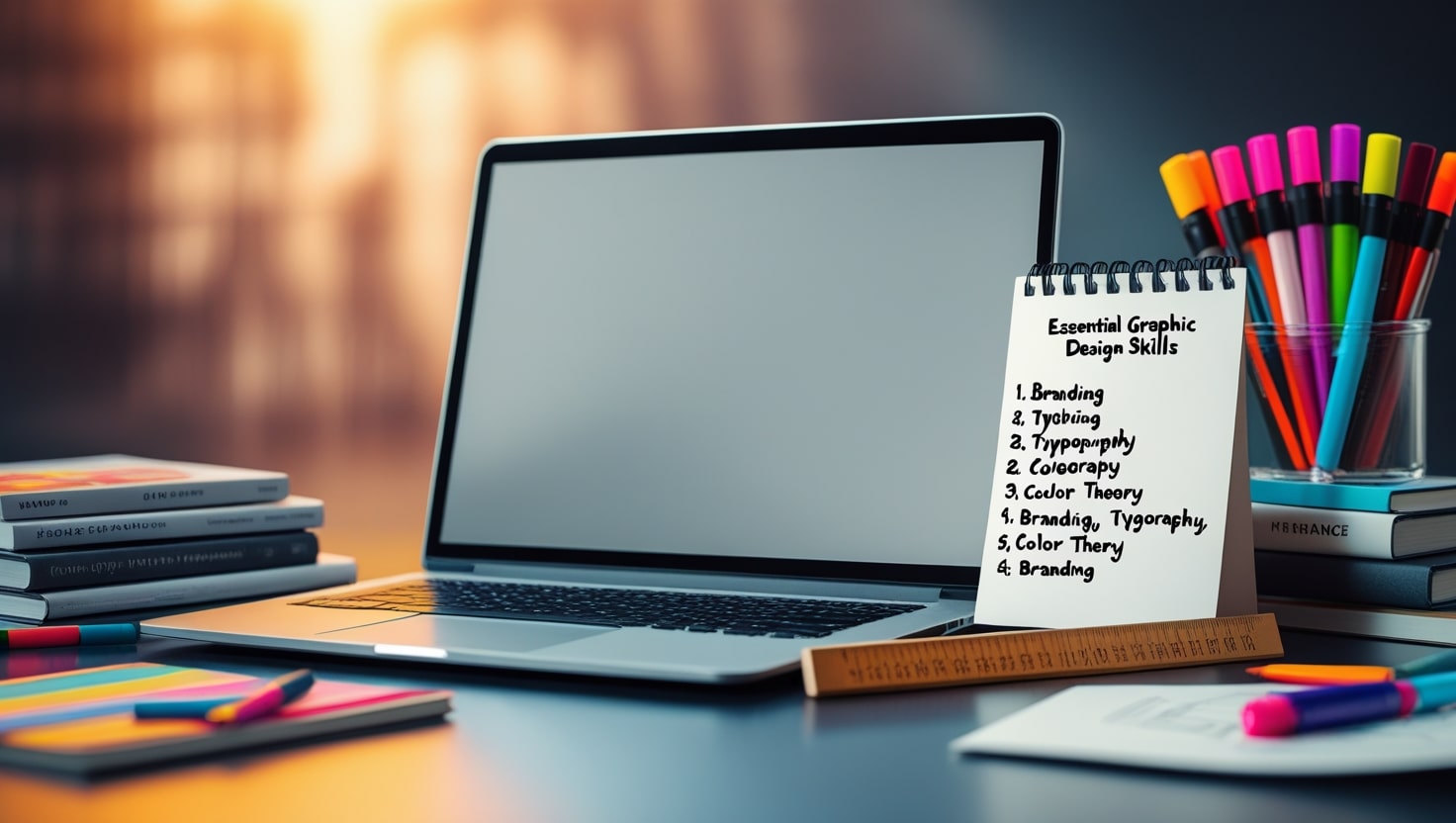
Essential Graphic Design Skill List for Freelancers
Graphic design skill list nowadays, it does not suffice to be a talented freelance designer in the way of the fast-moving creative economy. It demands balanced skill set of graphic designs that entails technical and soft skills. As a beginner or someone seeking to advance their career, being great in the basic graphic design skill list can also pave the way to greater clients, more money, and ultimate success in the relationship.
We will discuss all the skills you have to cover in your graphic design skill set, starting with basic tools and culminating in the skills required by a professional graphic designer. We will also discuss why these skills are important and how to master them as well as how to utilize them to get the right clients and projects depending on your expectations.
1. Graphic Design Skill List Introduction The Graphic Design Skill List is an important attribute of a Graphic Designer.
The graphic design skill list abilities that you have is your toolkit as a freelancer. It comprises all the knowledge about software along with thoughtful planning, interaction and communication with clients, and developing the identity of a brand. The fact that having a structured graphic design skill list list will not only enable you to analyze your capabilities as well as shortcomings, but also offer you easy time to sell your services.
The majority of businesses are heading towards freelance professionals to serve them with creative problems such that a present and relevant list of graphic design skill list will make sure that you stay ahead of others in this highly competitive industry.
2. The issue of acquiring a skill set among freelancers.

In contrast to agency designers, freelancers do not get the luxury of riding on a team. You are the designer, the project owner, the marketer and the communicator. Thus, it is vital to develop a rich and robust skill set of a graphic designer to your independence and development.
Having a comprehensive list of graphic design skill list also creates self-confidence among the clients. It demonstrates that you can also work with an impressive range of assignments: both coming up with graphic design skill list to place on social media and creating a whole brand identity.
3. The Basic Skills required by Every Freelancer in Designing
You should not run with sophisticated tools or some specific designs that you might be familiar with at an early stage. The basic list of the graphic design skill list comprises:
- Design principle (contrast, balance, alignment, repetition)
- Design of composition and layouts
- Visual hierarchy
- Simple form drawing or wire framing
- Thinking and problem solving design
These are fundamental aspects that these skills in professional graphic designing revolve around. In their absence, your visuals might not be coherent or even effective, regardless of their apparent visual attractiveness.
4. High-end Graphic Designing Techniques
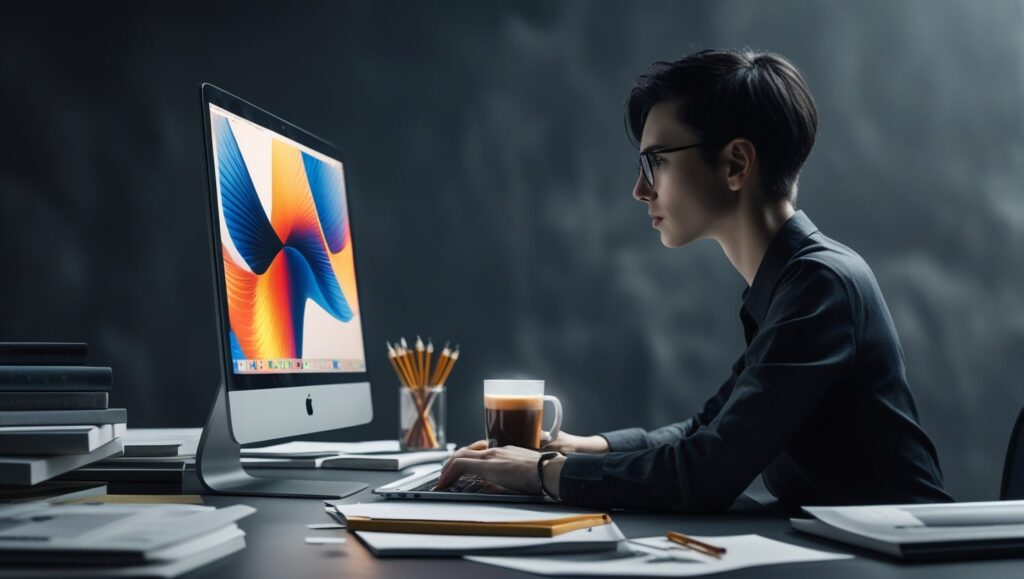
When you already managed to master the basics, it is high time to enter some more sophisticated elements of your graphic design skill list set:
- Photo manipulation and editing
- Vector drawing
- Icons design
- Infographic design
- The fine use of layering and masking
Such advanced skills will enable you to take on more involved projects such as packaging design, editorial layouts, or a digital campaign that will increase your worth as a freelancer.
5. The Accommodation Skill list of Graphic Design Software Proficiency

Your knowledge of some major design software is one of the most important elements of your graphic design skills list. As a freelancer you have to feel comfortable with the best tools of the industry:
- Adobe Photoshop: Digital painting and photo editing
- Adobe illustrator: Vector graphic and logo design
- Adobe InDesign: documents/publications with three or more pages e.g. brochures, eBooks
- Figma/Sketch/XD: UI/UX and Web Graphic Design
- Canva: Rapid template-based design Canva can be used to create beautiful templates in very little time.
The more tools you will be able to learn and to expand the list of tools on your set of skills of graphic design skill list the more you become versatile and employable.
6. Skills in Type and Design
Typography is also what it takes to make or break a design. When you combine this knowledge to your graphic design skill list set, then you comprehend:
- Pairing and contrast of fonts
- Space and legibility
- Typographical hierarchical use
- Balance in grids and layouts
This is why freelancers who are experts in typography are mostly recruited when encountered with branding, editorial, and advertising work where text is as equally important as imagery content.
7. Theory and practice in Color
The good design is very dependent on a proper color application. Ensure your skill set in graphic designing has:
- The knowledge of the color modes (RGB vs CMYK)
- Psychology of colors
- the palette making
- Harmony and contrast of color
Clients will usually wish to have their brand colors to elicit certain emotions and practicing color theory will help you add value to your company as a freelancer.
8. Branding and Image Design
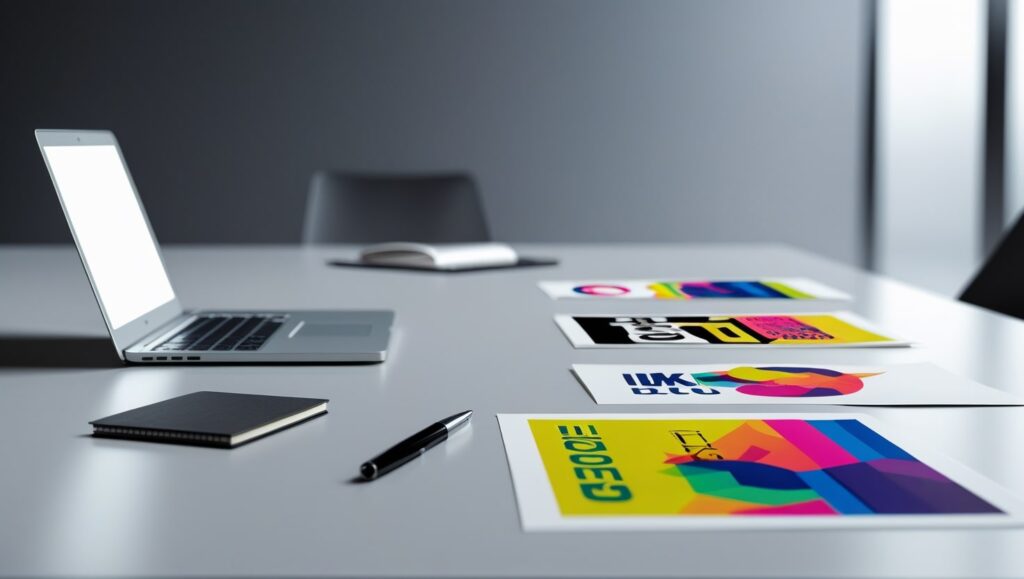
Branding expertise can help a freelancer earn good money on huge projects. To your list of graphic design skill list add the following:
- Logo designing
- Brand strategy and mood boards
- Brand guidelines
- Graphical narrations
Branding identities go beyond creation of logos but include deciphering how a company should communicate in terms of graphics; it is on the platform.
9. UX/UI Designing Skills as a Freelancer
Freelancers capable of providing UX/UI services are usually paid higher. Completing the list of your graphic design skill list with UX/UI means:
- Drawing wireframes and prototypes
- User journey mapping
- Designing mobile-first
- UI Design of the app/ Web
Such competencies are quite desirable with companies focusing more on digital user experience.
10. Motion Graphics and Animation
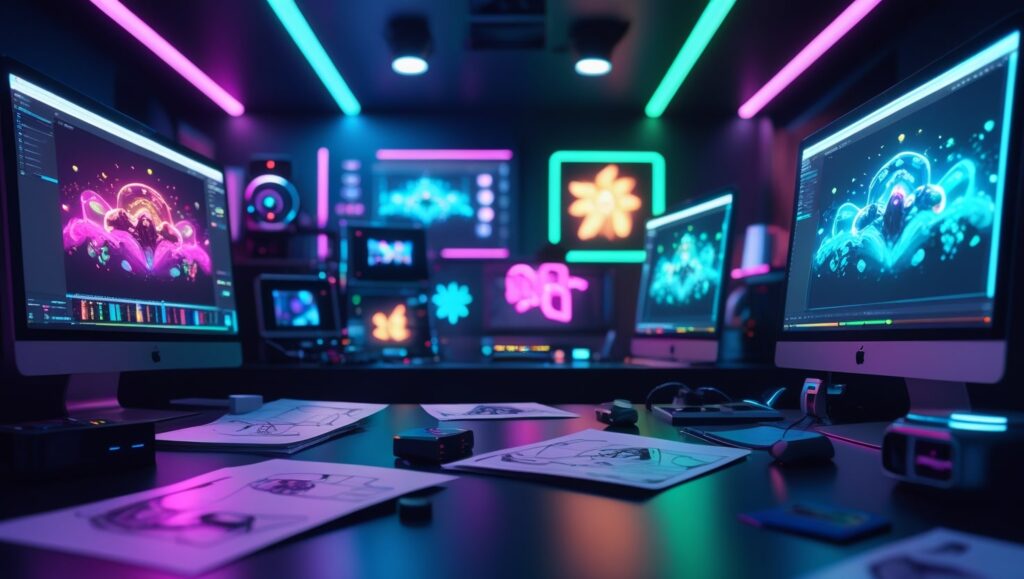
The digital space is taken over by motion. Motion design is something that sets you apart in the list of graphic design skill list. Get to know such tools as:
- Animations will be in After Effects
- Lottie on the web-based animations
- GIF making and video hacks
Even simple motion skills make a still stand, it allows creating a dynamic experience, ideal to share on social media and advertisements.
11. Collaboration and Communication skills
Soft skills are good elements of a graphic design skill list as well. You will have to be able to:
- An excellent skill at explaining things
- Know the needs of clients
- Treat feedback in a professional manner
- Liaise with other artists or marketers
Effective communication leads to the flow of work, improved success of projects and repeat clients.
12. Time and Project Management
Freelancers have to work on different projects. Time management should, therefore, find its place on the list of your graphic design skill list:
- Working with such an application as Trello, Notion, or Asana
- Maintaining due date and revisions
- Invoicing and ability to follow up clients
These are some of the productivity habits that enable you to be professional and you achieve expectations.
13. Marketing Freelance Designer
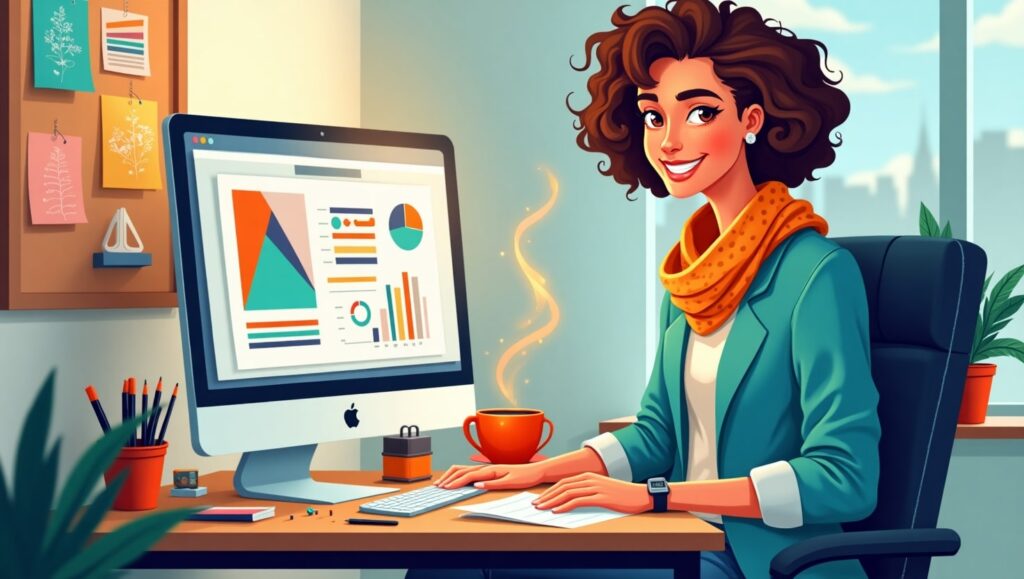
Self marketing is one thing that you never had to write on your list of graphic design skill list, but what you really need to do:
- Creation of a portfolio site
- Sharing work via social media
- Authorship of blogs or case studies
- Social networking on the web
The greatest designers cannot cope, when they are not visible. Marketing converts your talents into money making.
14. Your Application of Graphic Designs List in the Real World
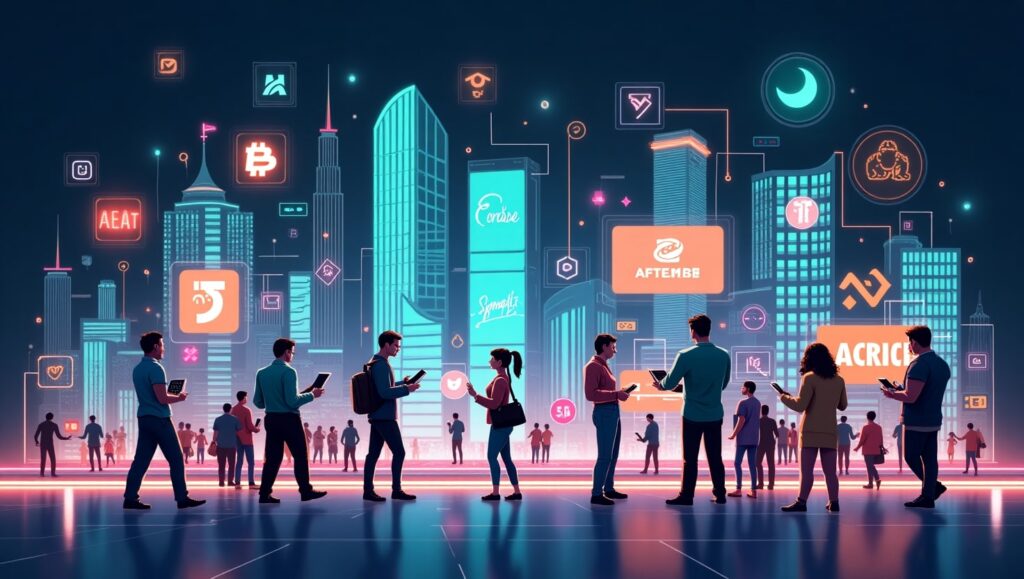
Your graphic design skill list should match the demand in the market. Put your abilities to:
Branding and logo assignments
- Designing of websites
- Digital advertising resources (ads, banners, email)
- Printed resources (flyers, business card)
- e-commerce Designs of products
A variety in the application of your graphic design skill list also enhances your reputation and gets a variety of clients.
15. What are the Ways of Developing Your Skill Set Continuously?
The artistic world is evolving rapidly. Make sure your graphic design skill list is not obsolete by:
- Doing online courses (Skillshare, Coursera, YouTube)
- Research of design fashion
- Doing it every day
- Asking another peer or even a mentor
The best freelancers are those who never stopped learning. Each new skill that you develop can translate to work that is of higher value.
16. FAQs
Q1. What must be in freelance graphic design skill list?
The freelance graphic design skill list must enroll software expertise, design philosophy, branding, constructing, user interface/user experience, commitment management, and organizational communicational proficiency.
Q2. What can I do to add to my list of skills in graphic design?
Continuously expand your list of graphic design skills by taking online courses, working on real-life projects, keeping up with design trends, and learning more through feedback by your mentors.
Q3. What is the importance of a graphic design skill list to freelancers?
It will make you competitive, versatile, and allow you to gain trust by potential clients because it will be evident what you are able to provide.
Q4. Is it possible to freelance when my graphic design list of skills is not very long?
Yes, but it will be limited by what you can do. Begin with the basic skills and slowly increase your freelance career with some extended skills list in graphic design.
Q5. Which skill is the most needed in a list of graphic designs skills today?
The same goes with UX/UI design, motion graphics, and branding opportunities that are highly sought as freelance assignments.
17. Final Thoughts
This is the most valuable resource a freelancer can have a checklist of graphic design skills. Not only will it make your work better, but it increases your confidence and credibility as well. With the combination of technical and soft skills you will become a trustful and multi-tasking designer that clients would not mind hiring again.
You are about to have a fresh start or a long time established and it is your time to look back, improve, and add some new things to your list of graphics design skills. It is a fact that success lies in the hands of those who are well equipped- so develop your talents, present them in a way they are attractive, and keep stretching your creative boundaries.
-
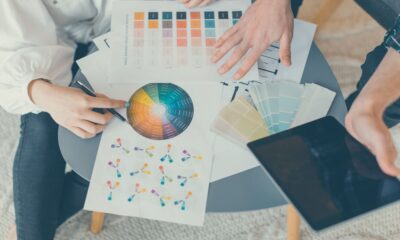
 Graphics Design1 year ago
Graphics Design1 year ago7.Exploring the Importance of Color Theory Charts
-

 Graphics Design10 months ago
Graphics Design10 months ago10 Stunning Gradient Design Trends You Need to Know in 2024
-
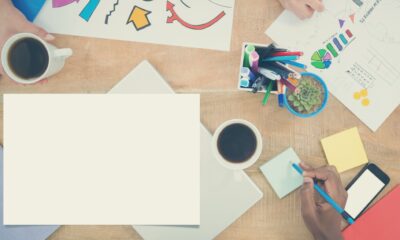
 Graphics Design1 year ago
Graphics Design1 year ago15.The Importance of Effective Flyer Design in Marketing
-
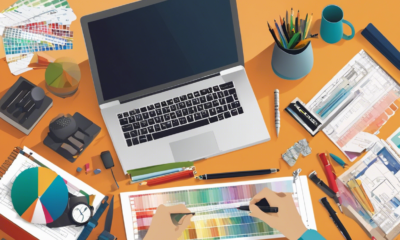
 Graphics Design1 year ago
Graphics Design1 year ago14.Mastering the Art of Print Design: Tips and Tricks
-
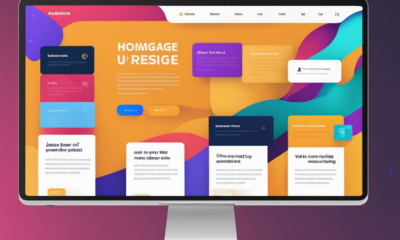
 Graphics Design1 year ago
Graphics Design1 year ago10.The Latest Trends in Web Design and Development
-

 Graphics Design1 year ago
Graphics Design1 year ago29.Retro Design Is Making a Comeback in Modern Spaces
-
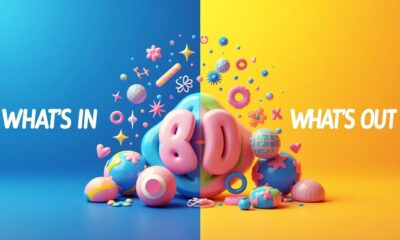
 Graphics Design5 months ago
Graphics Design5 months ago2025 Logo Design Trends: What’s In, What’s Out?
-
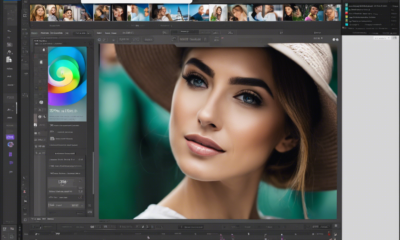
 Graphics Design1 year ago
Graphics Design1 year ago13.Exploring the Latest Trends in Photo Editing Software





mail temp
October 12, 2024 at 7:14 am
Pretty! This has been a really wonderful post. Many thanks for providing these details.
temp mail
October 12, 2024 at 8:33 am
I do not even understand how I ended up here, but I assumed this publish used to be great
kalorifer soba
October 22, 2024 at 9:31 pm
Keep up the fantastic work! Kalorifer Sobası odun, kömür, pelet gibi yakıtlarla çalışan ve ısıtma işlevi gören bir soba türüdür. Kalorifer Sobası içindeki yakıtın yanmasıyla oluşan ısıyı doğrudan çevresine yayar ve aynı zamanda suyun ısınmasını sağlar.
Keeley Bisard
October 26, 2024 at 6:47 am
Nearly all of the things you state is astonishingly accurate and that makes me ponder why I hadn’t looked at this with this light previously. This particular piece truly did turn the light on for me as far as this particular subject matter goes. However there is actually one point I am not necessarily too cozy with and whilst I attempt to reconcile that with the core idea of your issue, allow me see exactly what the rest of the visitors have to say.Well done.
Back Magazin
November 7, 2024 at 12:52 pm
Back Magazin Nice post. I learn something totally new and challenging on websites